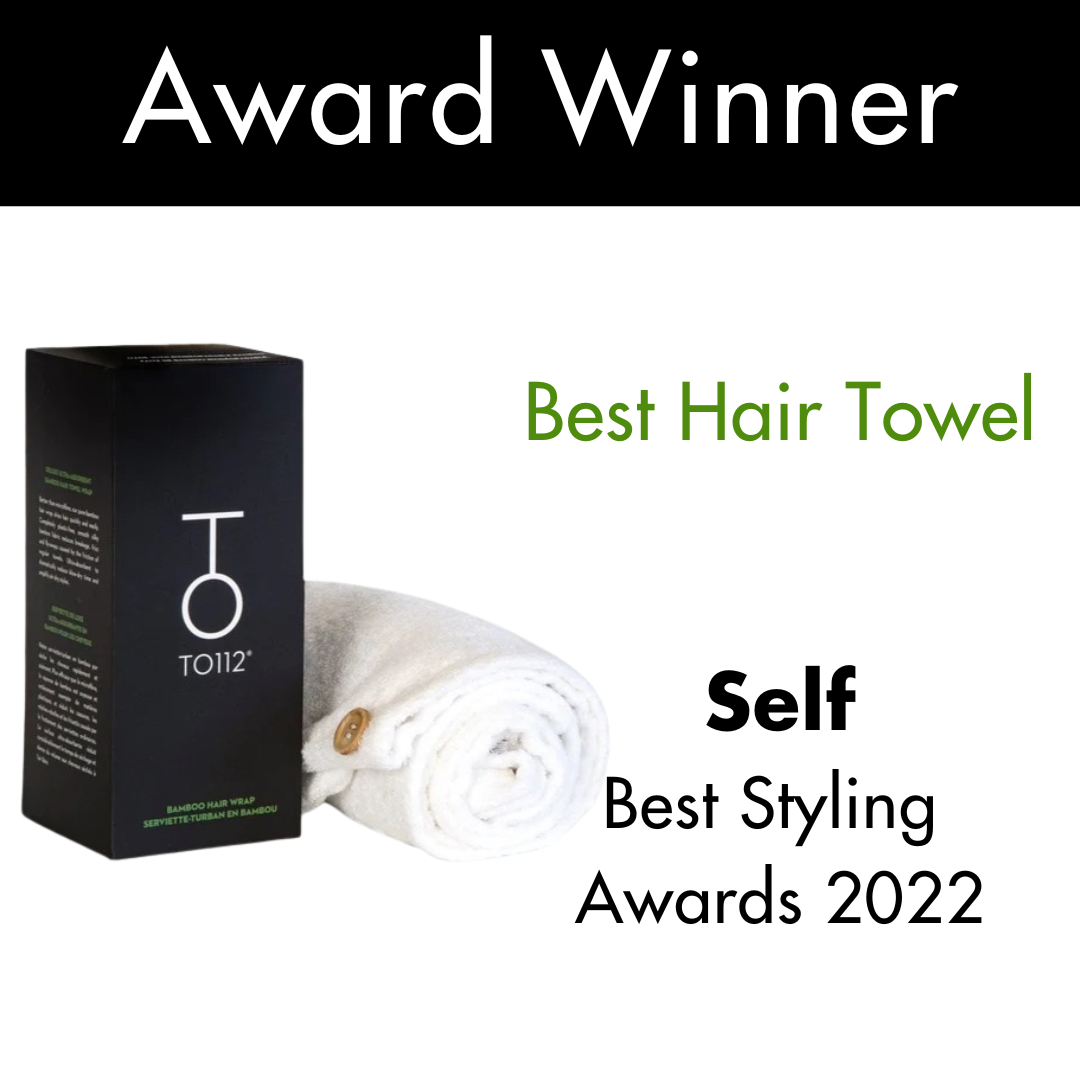Media Spotlight : Everyday Health

While we try to keep ourselves healthy from head to toe, many of us forget about what’s at the very top of our bodies — our hair. But there’s good reason to want to keep your locks healthy. TO112 Founder Luis Pacheco lends his expertise to Everyday Health on how to tell if your hair is unhealthy as well as giving his do’s and don’ts for healthy hair.
Signs Your Hair Is Potentially Unhealthy
Just like you can probably feel when your hair is healthy, you can probably tell something is up when it’s not. You might be losing more hair than normal, for instance, or maybe your hair feels super dry.
“There are universal indicators of hair health, though hair type impacts the intensity of these things,” says Luis Pacheco, celebrity hair colorist and founder of TO112, a beauty and lifestyle brand. For example: “Naturally dehydrated hair types, like kinky and curly hair or fully gray hair, will be prone to dryness — but if it starts breaking or feeling brittle, you need to take a look at what is going on,” Pacheco says.
Here, discover the signs of damaged hair, though they may vary depending on hair type:
- The hair is brittle.
- Lots of hair is removed when running a brush or comb through it.
- Big clumps of hair fall out.
- You have visible bald spots or can easily see your scalp.
- The strands break at mid shaft.
- The hair lacks luster or shine.
- It is split at the ends.
- It is hard to detangle.
- It is drier than normal.
Don’t Go Too Long Without a Haircut
When your hair stylist suggests that you come back for a haircut every few months, it’s not just to keep you as a regular client. “Regular haircuts help avoid damage from the ends up — split ends run up the shaft and weaken the hair, exposing it to moisture loss and tangles,” says Pacheco. Walker recommends a cut every six to eight weeks to prevent damage.
The same goes for people who are trying to grow out their hair. “If you’re looking to grow your hair, you might be considering skipping a trim — but reshaping and trimming your hair regularly keeps it looking strong and healthy, as opposed to brittle and thin, while you move through the growing process,” Walker adds.
Do Consider a Silk Pillowcase
Sleeping with a silk pillowcase is trendy right now — and for good reason. “I suggest all hair types should consider a silk pillowcase, so you aren’t roughing up the cuticle while you sleep,” says Pacheco. “This is particularly beneficial for fizz-prone, curly, kinky, and fragile hair types,” he adds.
Summary
Just as it’s important to give your body care by eating healthy, well-balanced meals and exercising, so, too, is it important to show your hair some love. “Hair endures a lot throughout the day, so it’s important that your give it a little TLC with gentle and nourishing shampoos to promote a healthy scalp, conditioners to restore elasticity and strength, and protectants to handle everything you throw at your hair in an average day,” says Pacheco.
Also, it’s wise to pay attention to your hair and to “listen” to what it’s trying to tell you. “A person’s hair is an indication of the state of their overall health,” says Pacheco. “Unexplained breakage, hair loss, and the feeling of dry, brittle hair can be indicators of health changes you should look into,” Pacheco adds.
Thus, hair is more than simply something to be styled at the top of your head — it’s a window into your overall health, and it needs to be treated mindfully, just as you treat the rest of your body.
Read the full article here.



